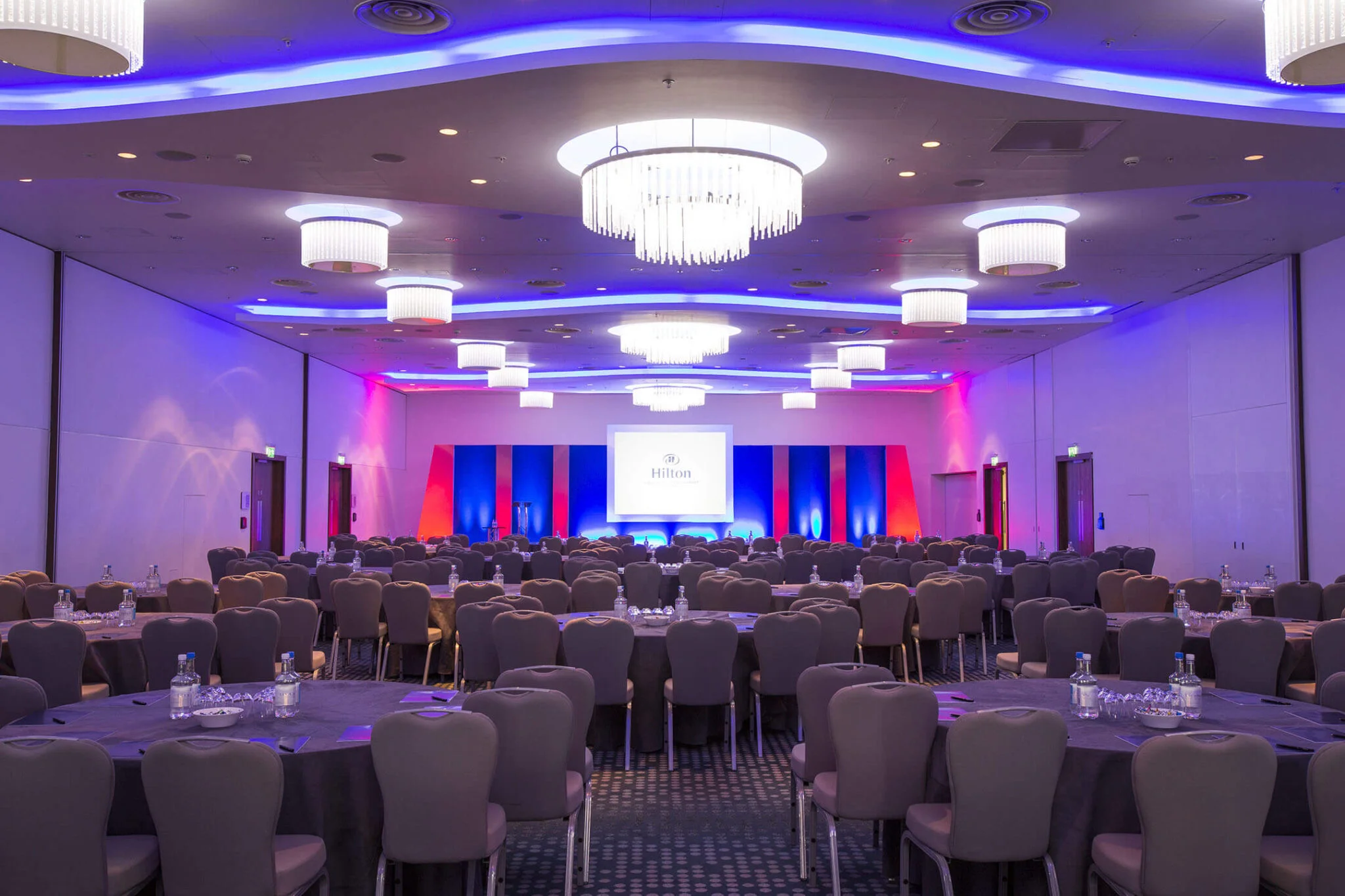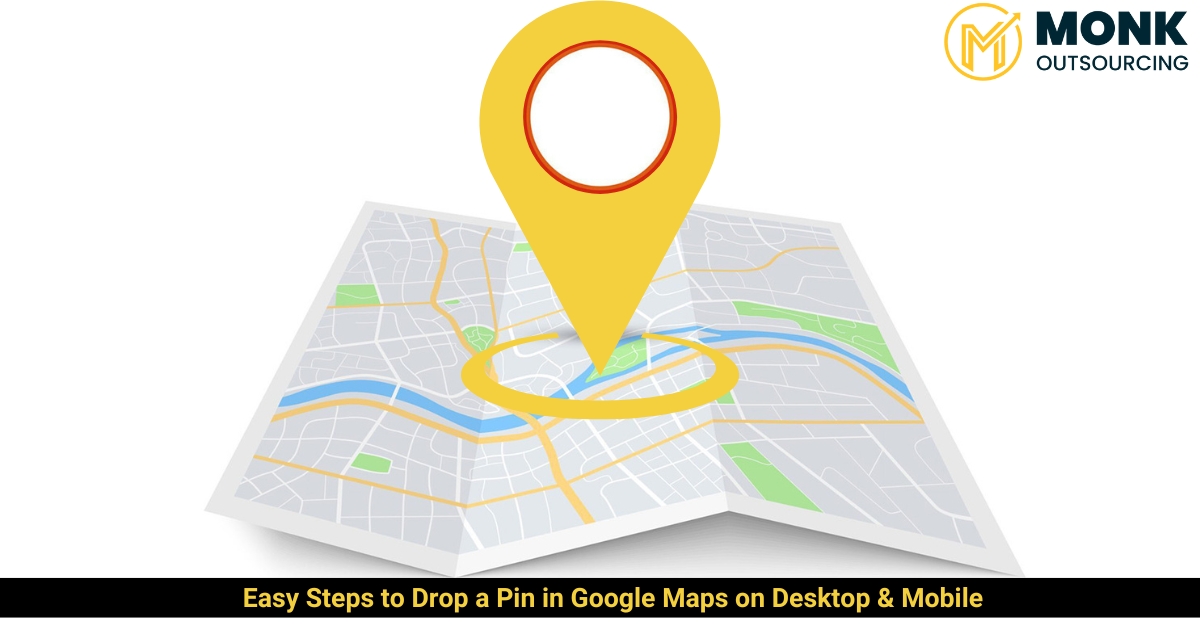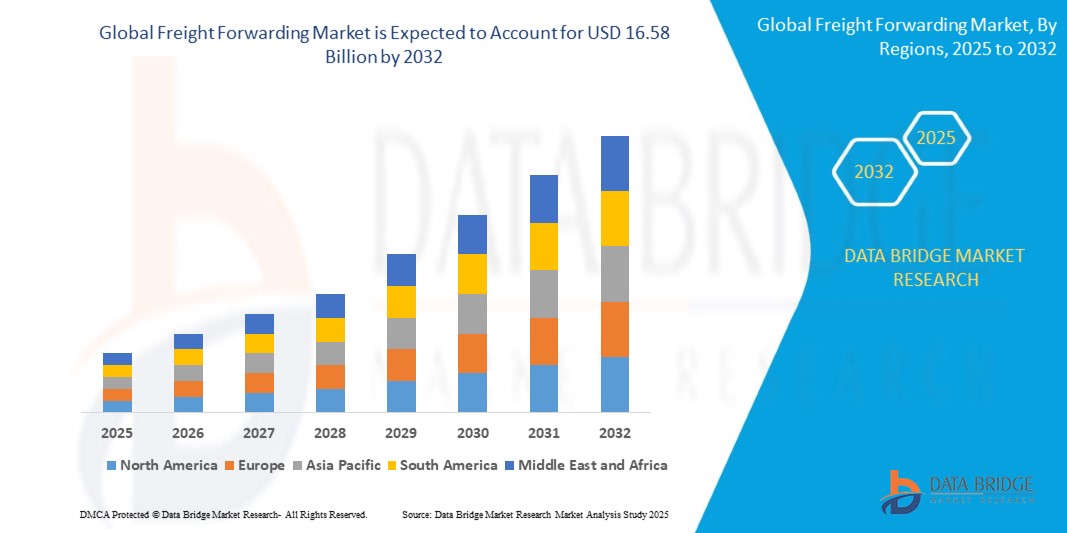Creating retail packaging boxes requires complex processes that most people do not realize. Manufacturing retail boxes requires various essential stages of development starting from initial setup to final production making sure the finished items earn high quality while satisfying functional needs and meeting design requirements. This blog examines each stage of custom retail box manufacturing by following the thorough production steps along with specific planning methods and execution practices.
This entire guide provides an in-depth explanation of essential steps that become essential for brands aiming to upgrade their packaging design or anyone wishing to learn about the packaging process.
Design and Conceptualization
Retail box manufacturing begins with the design phase as its initial step. The manufacturer needs to analyze the product requirements alongside market demands and brand representation components. Before manufacturing custom retail boxes proper planning processes need to confirm brand alignment while guaranteeing enough protection for product contents. Manufacturers join forces with designers to develop protective boxes that also exhibit attractive visual features. During material selection in the design phase designers focus on picking materials that make the box durable as well as attractive At the manufacturing level of retail boxes wholesale operation, it becomes crucial to establish uniformity across big product runs.
Material Selection and Procurement
The selection of the appropriate materials has become essential when the retail packaging box design is ready for implementation. Material selection makes all the difference in final product resistance as well as texture quality and aesthetic appearance. The combination of cardboard kraft paper and corrugated boards serves as a popular material choice because of their flexibility and resistance properties. The chosen material of boxes needs to suit both the eight capacity and protection needs of the items no matter if they serve as retail display packaging or simple storage containers. Manufacturers must find sustainable materials to satisfy increasing eco-friendly conditions which uphold legal environmental requirements for brands.
Cutting and Shaping the Boxes
The required geometric shapes and sizes of the material get formed into a complete box during this production step. Functioning precision cutting machines handle the processes which deliver precise dimensions accompanied by smooth edges. The creation of both operational and visually attractive boxes happens through this essential stage. During box preparation for retail packaging, the cutting procedure creates dimensions which perfectly wrap around products enabling safe storage. Various types of scoring techniques follow the cut stage to enable proper box folding which leads to a refined clean finish ahead of assembly.
Printing and Branding
The following operation appears after completing box cutting and forming. The process of bringing brand identity to life takes place at this point. All elements of branding together with premium visual graphics and logos exist in custom retail packaging to gain attention from shoppers when displayed on store shelves. Offset printing and digital printing together with flexographic printing serve different volume and design needs of the packaging boxes. During the printing process businesses gain an opportunity to deliver their brand narratives to consumers. The establishment of differentiation in competitive markets depends entirely on this important stage.
Assembly and Construction
During the assembly process, factory workers connect the cut pieces of the box too to its finished form. This stage utilizes glue as well as staples and additional adhesive parts to secure the pieces in position. At retail Boxes Canada operations, the construction monitoring operates with great precision to verify compliance with quality standards during the manufacturing phase. The product obtains an approved stamp indicating that the box demonstrates enough strength to distribute goods safely throughout shipping and storage time. The manufacturing goal aims to establish standardized assembly work that produces uniformity in all production lines.
Quality Control and Testing
The production process includes thorough quality control testing which boxes must pass before they can be sent to customers through shipment. Every completed box receives approval in this stage to verify it fulfills all the requirements for both functionality appearance and durability standards. Manufacturers check all boxes for any signs of incorrect printing or cuts as well as structural defects. The ability of retail boxes meant for wholesale distribution undergo testing to determine their durability against typical workplace stresses. High-quality products reach customers through this stage which enables businesses to show professionalism to their clients.
Final Packaging and Distribution
The manufacturing sequence of retail boxes ends with packaging and distribution activities. The completion of all quality checks results in the preparation of the boxes before shipment. The process at this stage includes grouping many boxes into large distributions to ensure complete retail readiness. The appropriate packaging method for custom printed boxes enables their safe delivery without any detectable harm. The ready-to-use boxes reach their destination at shops or move directly toward customers before performing their role as product protectors and display units.
Conclusion
The manufacturing procedure of retail boxes demands precise work at every developmental phase throughout the entire process. Every phase beginning with design and moving through distribution plays a fundamental part in producing protective boxes that promote brand identity. The available packaging solutions for businesses include custom retail boxes and retail boxes sold wholesale. The result achieves both functionality and visual appeal because the manufacturing process incorporates critical steps regarding materials choices and design alongside quality control programs. Companies who grasp these key stages should use their knowledge to improve their packaging design for better marketplace achievement.












Leave a Reply